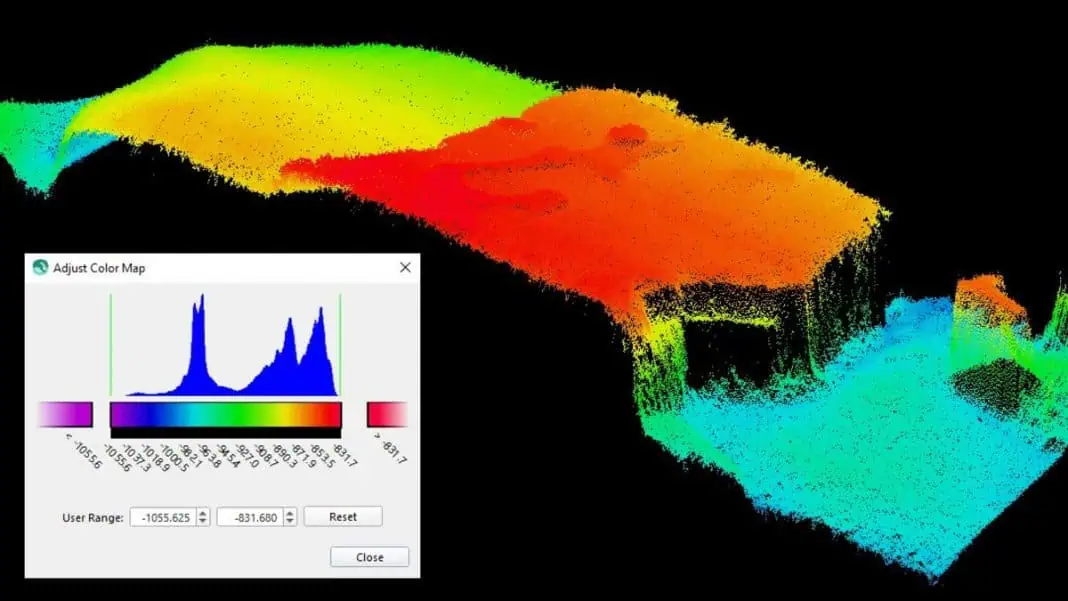Kongsberg Maritime (KM) is pleased to report that its new EM 304 MKII high-resolution deep-water multibeam echosounder system has just successfully completed its first trials on board the NOAA vessel Okeanos Explorer in the waters off the coast of Florida.
Okeanos Explorer is the first vessel in the world to be fitted with the EM 304 MKII transmit array – a comprehensive upgrade to the trusted EM 302 deep-water multibeam system which has been deployed daily since the ship was originally launched in 2008. The new EM 304 MKII was put through its paces over the course of a 25-day expedition on board Okeanos Explorer, conducted by a team from NOAA Ocean Exploration, the US federal organisation devoted to the exploration of deep ocean environments.
The motive behind the expedition was to assess the functionality and readiness of all mapping-related equipment on the vessel – including an official authorisation of the new EM 304 MKII system – before the remainder of the field season commences. Receiving a green light from the NOAA verifies that this equipment is capable of collecting the most accurate, high-quality survey data and sharing it with hydrographic communities. By enabling the team to optimise the planning and execution of surveys, it will ensure that all forthcoming missions produce definitive results in the most cost-effective manner.
The EM 304 MKII has been designed to increase the efficiency of deep-water mapping work by enhancing the quality of harvested data and expanding the achievable coverage area. KM’s multibeam systems have a well-founded reputation for producing exceptionally clean data across the entire swath width, but the improved, future-proof MKII EM platform uses an innovative datagram format which supports several new features including extended backscatter calibration. More new features are currently being developed.
As with all KONGSBERG EM multibeam echo sounders, the EM 304 MKII has been designed to minimise any potential impact on ocean ecosystems, emitting the lowest-possible sound levels so as to help in safeguarding marine organisms within survey areas.
“We are very pleased with the EM 304 system’s performance and with KONGSBERG’s technical support so far,” says Genene Fisher, acting director of NOAA Ocean Exploration, “and are looking forward to using this sonar to explore the deep waters of the United States and beyond, continuing to push the boundaries on deep-ocean mapping and narrowing the gaps in the unmapped global seafloor.
“The successful installation and shakedown of this new sonar is the result of a strong, long-standing and productive relationship between NOAA Ocean Exploration, the NOAA Office of Marine and Aviation Operations and Kongsberg Maritime,” Fisher continues. “With the integration of this new system, we are poised in the next year to pass the milestone of having mapped a total of 2,000,000km2 via Okeanos Explorer. We’re looking forward to sharing our experiences with the global seafloor mapping community.”
“It’s a pleasure to be working with NOAA on the first sea trial of the new MKII on Okeanos Explorer,” adds Helge Uhlen, VP Underwater Mapping Sales, Kongsberg Maritime, “and it’s exciting to have confirmation that the new system meets all NOAA and KM expectations. The new EM 304 MKII system has truly remarkable long-range and high-resolution capabilities: it’s an important step towards revealing the secrets of the deep in much greater detail than has ever been possible before.”













